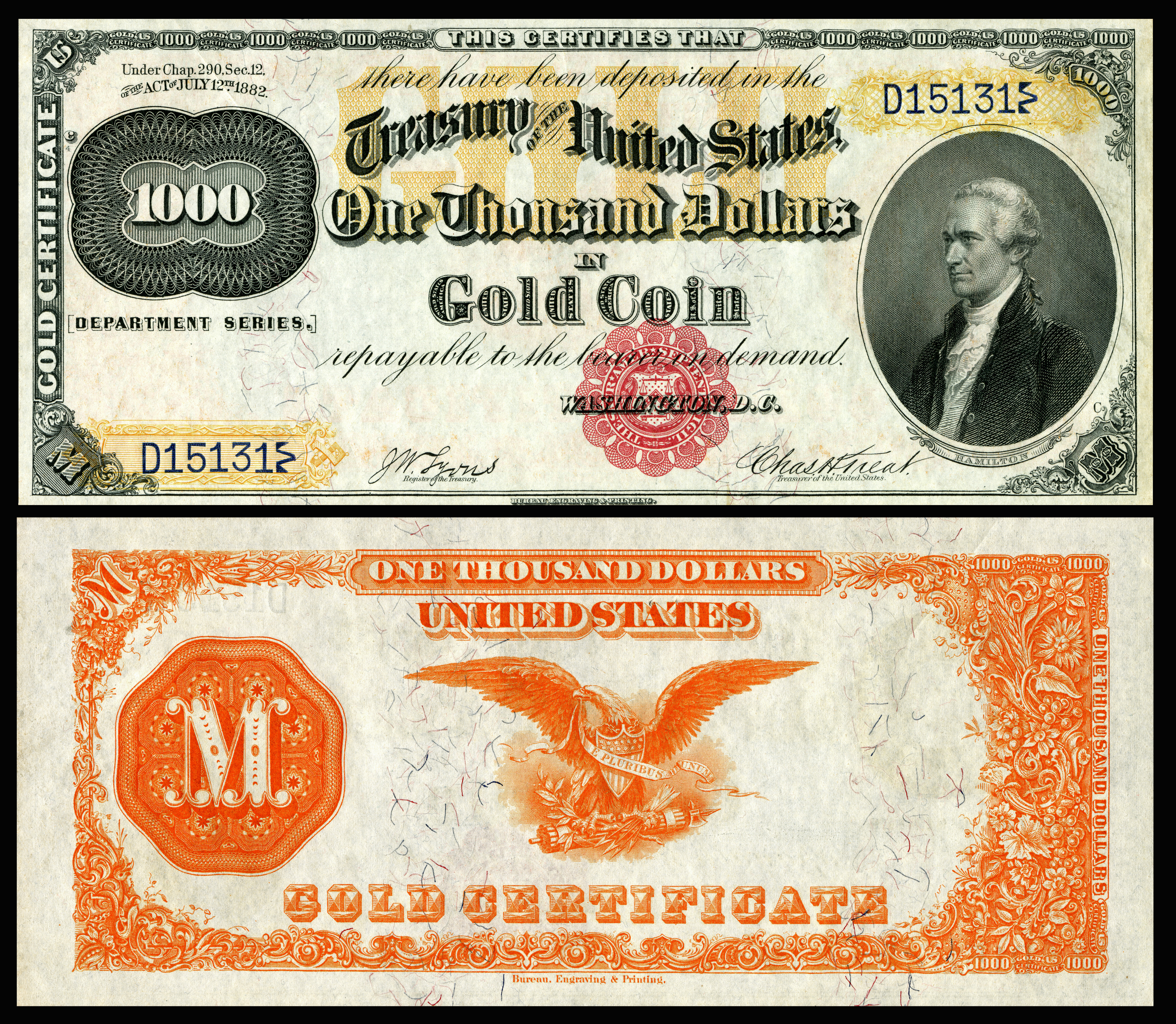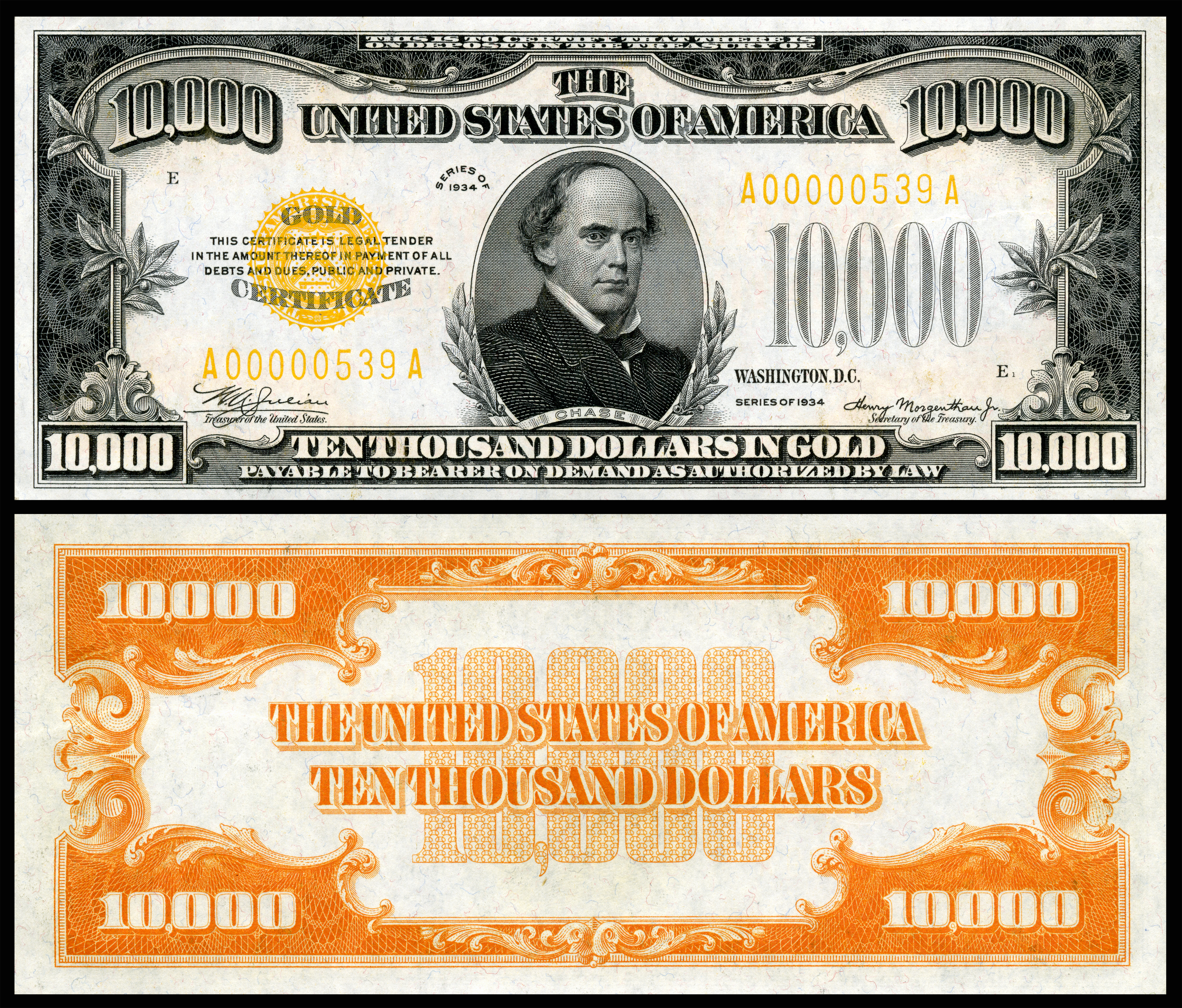
The History of Mining — Archaeological evidence suggests that mining first occurred in prehistoric periods. The first mined material was flint, which humans broke into sharp-edged bits to use as scrapers, knives, and arrowheads due to its conchoidal breaking pattern. Early mine shafts uncovered in France and Britain containing flint dated back to the Neolithic Period, or New Stone Age, and were up to 100 metres deep. However, the world’s oldest known underground mine, located at Bomvu Ridge in Swaziland’s Ngwenya mountains, is believed to be over 40,000 years old. People extracted ochre, a natural clay earth pigment used as body colouration during funeral and ceremonial rituals.
Gold was one of the first metals mined from sand and gravel streambeds, where it appeared naturally as a pure metal due to its chemical stability. Early civilizations prized gold for several reasons — it is visually appealing, does not corrode, is multi-faced, and is useful in many different applications. Ancient cultures saw the value in gold, and lavishly decorated tombs and temples, paying homage to gods and significant figures. In Bulgaria, archaeologists uncovered the oldest piece of gold jewellery, dating back roughly 6600 years.
The Ancient Egyptians were one of the first civilizations to produce gold on a large scale, with evidence of its use dating it to 3100 BCE, during the predynastic period. The exact origins of gold mining in predynastic Egypt are obscure, and people most likely collected the metal from alluvial deposits throughout that era. Possibly the most famous of gold finds in Egypt (and in history) was Tutankhamun’s tomb, which was uncovered by English Archaeologist Howard Carter, with financial backing from Lord Carnarvon in 1922. In the 14th century B.C., this young king governed Egypt, and when he died, he was placed in a tomb containing thousands of artifacts to follow him into the afterlife. Many of the artifacts were solid gold, including King Tut’s inner coffin, weighing approximately 110.4 kilos (242.9 lbs.). Egyptians also mined copper on the Sinai Peninsula as early as 3000 BCE, although some bronze (copper alloyed with tin) dates back to 3700 BCE. Iron dates back to 2800 BC and Egyptian records of iron ore smelting date back to 1300 BCE. Historians state that lead found in ancient Troy ruins dates as early as 2500 BCE.

But Where Did All of Ancient Egypt’s Gold Come From?
Ancient Gold Deposits
Gold appears to have been obtained by ancient civilizations from numerous resources in the Middle East. The region near the Red Sea and the Nubian Desert provided most of the gold utilized by the Egyptian Pharaohs who depended on the Nile River to transport the precious metal. When these mines became unable to meet demand, reserves in other locations, most likely in southern Africa, were exploited.
Mesopotamian and Palestinian artisans most likely acquired their supplies from Egypt and Arabia. Recent examinations of the Mahd Adh Dhahab (literally “Cradle of Gold”) mine in the modern Kingdom of Saudi Arabia suggest that this location was rich in gold, silver, and copper during King Solomon’s time (961-922 B.C.).
Ancient American Gold
In the Western Hemisphere, gold objects were a means of communicating with a supernatural realm and the majority of the gold in Mesoamerican culture was found in riverbeds or in surface-level soil, without digging or using deep excavation methods. Rather than being passive accumulations of wealth, gold items acted as active agents in a constant conflict with great forces. By the second millennium B.C., people were using gold in the mountainous region of the Andes. From there, the use of gold progressively migrated north, reaching Central America in the first centuries A.D. and Mexico by the end of the first millennium A.D. Metalworking was adopted later in Mexico than other arts. Still, they mastered the art and the beauty and originality of the Mixtec, and Aztec goldsmithing traditions remain unparalleled.
Gold shared a strong identifying tie with the sun — referring to gold as “excrement of the sun.” In Colombia, ritualists would leave gold or copper-gold alloy artifacts outside in the sun to recharge their generative abilities. Experts believe the gold in Mexico’s and Peru’s Aztec and Inca treasuries originated in Colombia, although there is a possibility that they sourced gold in surrounding regions. The Aztec and Inca incorporated gold in their creation of intricate headdresses and collars — frequently with several component elements such as bells and dangles that reflected light from afar. They used gold ornaments primarily to build identities, demonstrating position, privilege, isolation, and differentiation.
Sadly, the Spanish Conquistadores pillaged these civilizations’ throughout the expeditions of the New World, melting and casting numerous gold and silver objects into coins and bars, destroying precious relics and Indigenous legacies.
Gold Mining in North America
In an earlier blog post, we discussed famous gold rushes that helped shape the mining industry, including the Fraser River Goldrush (1858–the mid-1860s), the Klondike Gold Rush (1861–67), and the Klondike Gold Rush (1896–1899). However, Indigenous peoples mined metals such as gold, copper, silver, and cobalt to make tools, weapons, art, and other artifacts well before the arrival of Europeans and also discovered gold in the Pacific Northwest. Their efforts to defend their claims resulted in the Fraser Canyon War of 1858, which led to establishing reserves in British Columbia.
Early Methods of Mining
Placer mining is the process of excavating, transporting, concentrating, and recovering heavy minerals from alluvial or placer deposits using water. Placer mining exploits gold’s high density, enabling it to sink faster than the lighter siliceous minerals in the water. Sands and gravel containing gold that settles out from quickly moving streams and rivers at spots where the current slows down are examples of deposits extracted using this approach. While the fundamental principles of placer mining have remained constant over time, technologies have advanced significantly.
Gold Panning
Panning was a technique used by miners during the big gold strikes of the nineteenth century. It involved filling a pan with a few handfuls of gold-bearing soil or gravel and a significant amount of water. The miner would swirl the pan, washing the gravel, eventually separating it, leaving the gold and heavier minerals behind.
Miners later used a “rocker,” which allowed them to sift larger amounts of ore than panning. Instead of a twirling motion, miners shovelled gravel onto a perforated iron plate poured water over it, forcing smaller particles to fall through the holes and onto an apron that spread them evenly throughout the riffles. The apron dispersed the material perpendicular to the bottom and sides of the cradle across riffled pieces of wood or iron. Gold was trapped on the riffles as the material passed through the cradle and was later extracted.
When the miners exhausted the streambeds of gold, they took to hard rock mining using pickaxes, and later Some mining shafts went as deep as shafts forty feet deep with horizontal tunnels extending from them in search of subterranean veins of gold-bearing quartz.
Open Pit Mining
As the need for larger-scale operations emerged, miners employed drilling and blast mining methods, breaking up ‘benches’ of rock close to the earth’s surface to transport the smaller pieces containing ore to further separate it from the waste rock. Modern-day open-pit mines cover a large area and use massive mining equipment. Open-pit mining is one of the most common methods practiced today.
Underground Mines
When an ore deposit is located far below the surface, which requires the need to move a substantial amount of rock/waste, miners have to turn to other techniques. Underground mining is more costly than open-pit mining and employs specialized equipment depending on orebody geometry (the size, shape, and direction), the grade of mineralization, the strength of the rock components, and the depths involved.
Modern Innovation and Increased Productivity
Rapid technological advancements, including automation, digitization, and A.I., are having a profound effect on the mining industry. Autonomous vehicles, automated drilling and tunnel boring equipment, drones, and smart sensors are just a few of the innovations transforming the way we mine gold. The need for more sustainable methods of mining that have less of an impact on the environment is a key driver in mining innovation, ensuring both surrounding communities and mining companies benefit from projects.
Autonomous mining practices enable businesses to remove employees from hazardous work environments. Modern mining technology is becoming more accessible, providing businesses with more alternatives to decrease and control their operating costs in the face of uncertain commodities markets. Further, the use of low-impact mining and technological advances demonstrate increased economic feasibility, which shows the promise of sustainable mining production and long-term value for shareholders.
Sources:
https://whc.unesco.org/en/tentativelists/5421/
https://www.reuters.com/article/us-bulgaria-archaeology-gold-idUSKCN10L0YQ
https://www.metmuseum.org/toah/hd/egold/hd_egold.htm
https://www.historymuseum.ca/cmc/exhibitions/civil/egypt/egtut03e.html
https://o3mining.com/articles/the-gold-rush-that-shaped-canadas-mining-industry/
https://www.igfmining.org/
In Dictionary of Energy (Second Edition), 2015
https://www.metmuseum.org/exhibitions/listings/2018/golden-kingdoms
https://www.britannica.com/technology/panning
The post The History of Mining — A Look at the Evolution of Gold Mining appeared first on O3 Mining.

http://www.goldira.pw/the-history-of-mining-a-take-a-look-at-the-advancement-of-gold-mining/


